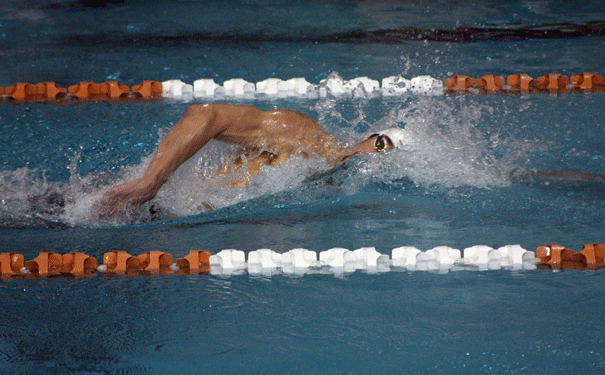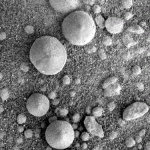
Michael Phelps, one of the members of the American swimming team, said he would be wearing the new Speedo swimsuit. Image: Geoff Nelson/Shutterstock.com
3D technology could give Australian swimmers an edge.
During the next few weeks, we’ll probably hear a lot of talk about game plans, strategies and secret weapons for winning Olympic gold. Our teams are looking into science to give them the edge over their opponents, and researchers from the University of Western Australia (UWA) have been analysing Australian swimmers’ movements in an effort to help them tweak their performance.
“Every Olympic gold medal won by an Australian athlete is worth an estimated $50 million to the Australian economy,” said professor Mohammed Bennamoun of UWA’s School of Computer Science and Software Engineering in a statement. “We’re really excited about this opportunity to play a part in ensuring our elite athletes continue to achieve sporting success while consolidating Australia’s leading role in world-class technologies.”
The researchers travelled to Canberra in May and conducted interviews with 31 Olympic swim team members and some Australian Institute of Sport elite swimmers, including Eamon Sullivan and Geoff Huegill. The first stage of their project involved a 3D body scan of the athletes before using 17 cameras, both above and below water, to capture their movements. The researchers then used the latest 3D imaging and biomechanical techniques to quantify the movement patterns and help the competitors and their coaches correct their techniques.
“The ability to quantify the movement patterns of elite swimmers is essential in monitoring technique changes and forms a critical input into methodologies used to determine mechanisms of propulsion in water,” said Bennamoun. “Our project will further develop these 3D analysis techniques and provide us with the technical knowledge that has previously been lacking.”
Australia isn’t the only country attempting to give its representatives a competitive advantage: the British team have unveiled a light new swimsuit that absorbs 32 per cent less water, made by their sponsor adidas. Some of the Australian, German and French swimmers will also be wearing the Adidas suits, according to the Daily Mail.
Other swimmers from around the world will be wearing Speedo’s new Fastskin3 swimsuit, with googles and cap, which was developed in the ‘Aqualab’ facility in Nottingham, UK. Speedo’s previous full-body polyurethane suits for the 2008 Olympic and Paralympic games cut times so dramatically that Fina, swimming’s international government body, outlawed them in 2010.
The Fastskin3, while developed within the new Fina guidelines, moulds the body so it is as close to the ideal ‘tubular’ shape as possible. According to Tom Waller, head of Aqualab, the system ensures effective compression in key areas to sculpt the body into the most efficient form for swimming, producing the optimum return for each kick and stroke.
The superior swimsuit ranges in price from about 130 Australian dollars (AUD) to 500 AUD. For more information on the Fastskin3, click here.
Source: University of Western Australia






